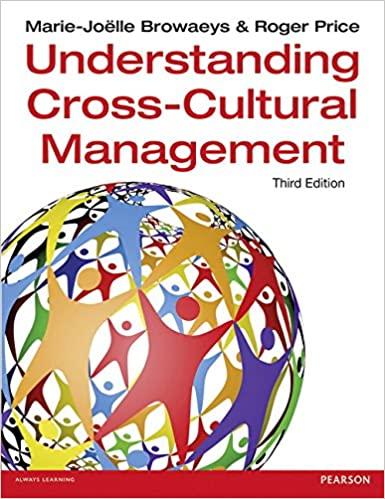In the last two decades, Buddhisms appeal has grown in the West, drawing people seeking a calm
Question:
In the last two decades, Buddhism’s appeal has grown in the West, drawing people seeking a calm not found in the fast-paced world of Internet-driven commerce and communications. Its economic model has been endorsed by the United Nations. Bangkok, Thailand – while bhavana (Buddhist meditation), has become a form of modern psychotherapy and influenced Western lifestyles, is there anything in the religion’s 2,500-year-old teachings that could influence modern economics?
According to Thailand’s much revered King and lately members of the [new military installed] government and a growing number of economists and grassroots development activists, the answer is, yes, there is. They call it ‘Sufficiency Economics’, a term coined by King Bhumibol Adulyadej in the midst of Thailand’s economic meltdown in 1997. It embraces the three pillars of Buddhism – dana (giving), sila (morality) and bhavana (meditation) – and is based on the Buddhist principle of the ‘Middle Path’, that is avoidance of extremes (of greed).
The Thais have recently got a strong endorsement of this Buddhist development strategy from the United Nation’s main development agency. In a report released in January, the United Nations Development Programme (UNDP) hailed Thailand’s new ‘Middle Path’ development model as a key to fighting poverty, coping with economic risk and promoting corporate social responsibility [. . .]
For communities, Sufficiency Economics principles are fundamental to empowerment and building resilience, such as setting up savings groups, revolving credit lines, and local safety nets. For private business it means, ‘taking corporate responsibility to the next level’ by using this approach as a guide to management and planning.
‘This approach encourages them to focus on sustainable profit, to adhere to an ethical approach to business, to pay special attention to their employees, to respect nature, to have careful risk management, and to grow where possible from internal resources’, the report explains. And for the third pillar, the government, the Sufficiency Economy is central to alleviating poverty, promoting good governance, and guiding macroeconomic policies to immunise against shocks. The UNDP report gives many examples of how the Sufficiency Economy model has been implemented in many parts of Thailand, encouraged by models set up under royal patronage across the country.
One such example is of Chumphon Cabana resort, which shows that the benefits of the sufficiency approach are not just confined to the agriculture sector. In the crisis of 1997, this resort on the east coast of the peninsula suffered financial difficulties like so many other businesses. In a desperate attempt to stay afloat, the owner took inspiration from the sufficiency approach.
As a start, she began to plant rice, vegetables, flowers and fruit trees on land within the resort project. To improve the sandy land without the cost of chemicals, she experimented with making organic fertiliser from hotel waste and other materials.
She planted a local variety of rice and installed a rice mill. The husk was used in making the fertiliser and for animal feed. As the resort’s land was not enough to supply all its needs, she got the co-operation of surrounding villages to supply the deficit, and also helped train them in making fertiliser and other practices of organic farming. The employees of the resort were especially encouraged to participate.
Next she invented a just-in-time system of supply by posting the following day’s requirements of various articles on the local school’s notice board. Local production expanded beyond food to include various cleaning materials made from local materials.
As production increased, these articles were also supplied to other resorts in the area. The resort benefited from low production costs and reliable supplies. Surrounding farmers had a secure market and good prices because there were no middlemen.
Soon the resort gained a reputation with the result that other resort owners, farmers, NGOs, and government officials came to learn – which gave the employees a sense of pride. As the owner concluded, ‘I think this is a kind of development which makes everybody happy.’In a 1998 statement on the essence of the Sufficiency Economics model, King Bhumibol said: ‘Sufficiency’ is moderation. If one is moderate in one’s desires, one will have less craving. If one has less craving, one will take less advantage of others. If all nations hold to this concept, without being extreme or insatiable in one’s desires, the world will be a happier place.’
Questions
1. In what way does the Chumphon Cabana resort illustrate the Sufficiency Economy model?
2. Which characteristics of this model relate to Buddhism?
3. In what way does the notion of ‘corporate responsibility’, referred to twice in the text, reflect Buddhist values? How is this notion being applied in concrete terms?
Step by Step Answer:

Understanding Cross Cultural Management
ISBN: 9781292015897
3rd Edition
Authors: Marie Joelle Browaeys, Roger Price





